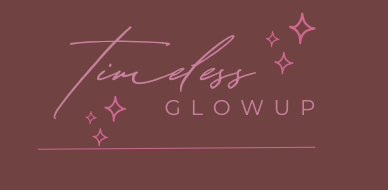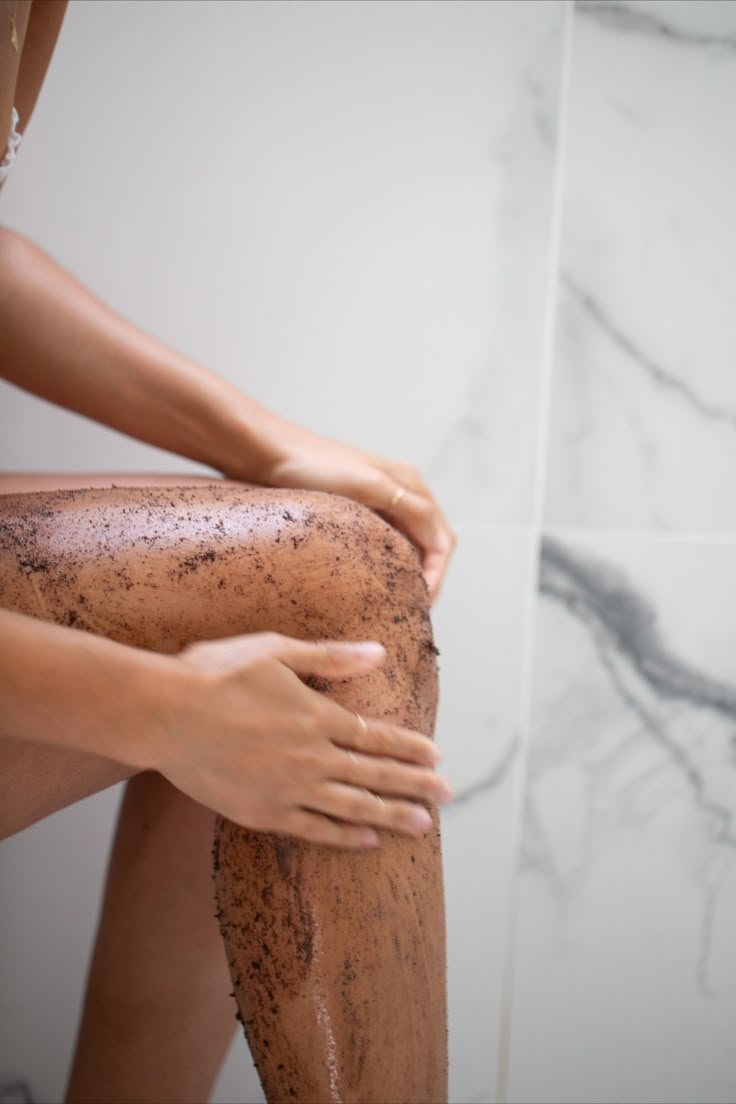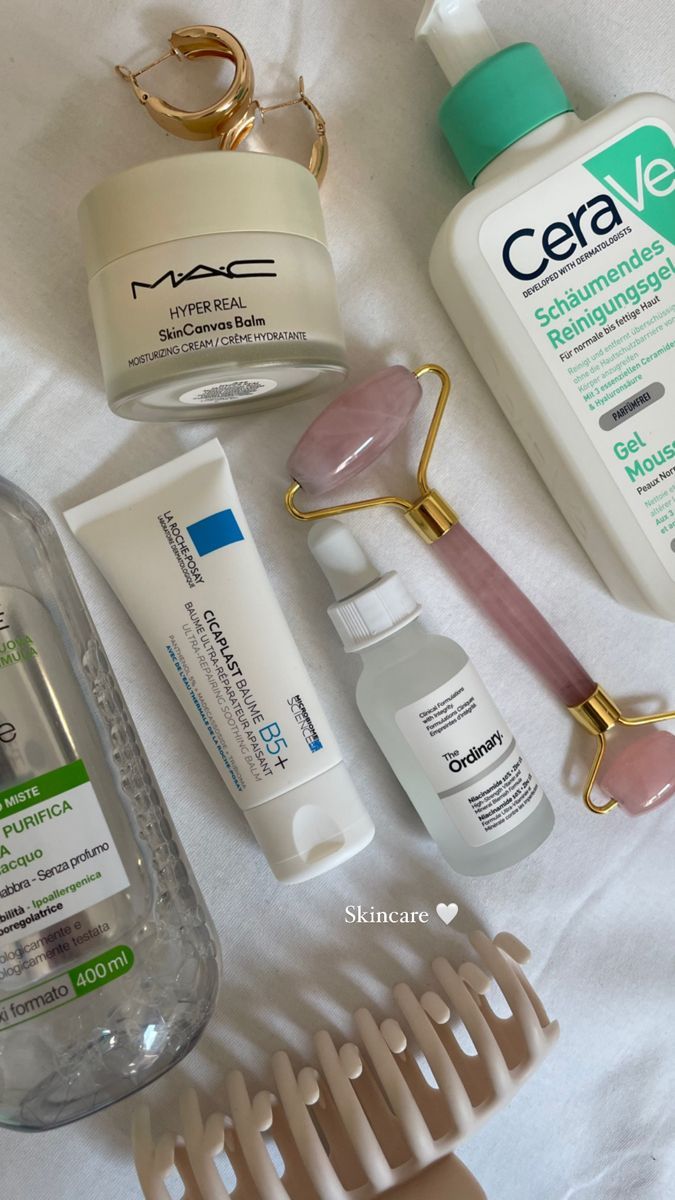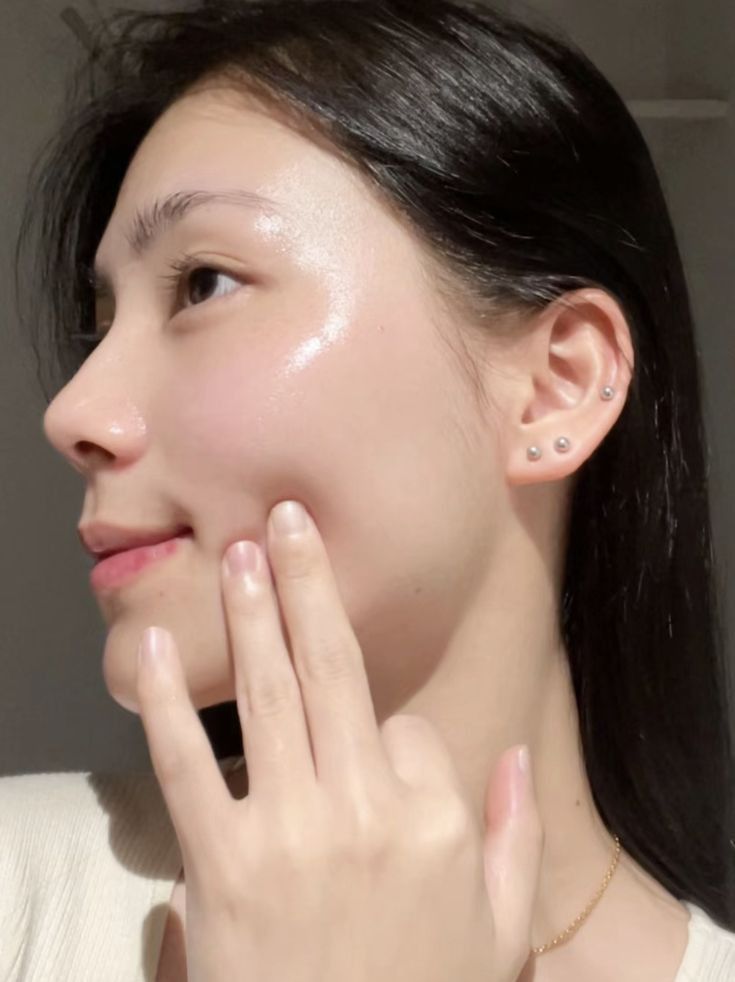How to Get Rid of Ingrown Hairs and Bumps: Tips and Treatments
Ingrown hairs and bumps are a common problem that can be uncomfortable, unsightly, and frustrating to deal with. Whether you’ve just shaved, waxed, or used another hair removal method, these pesky skin irritations can pop up unexpectedly. But don’t worry! In this guide, we’ll walk you through what causes ingrown hairs, how to prevent them, and the best treatments to help you get smooth, bump-free skin.
What Are Ingrown Hairs?
Ingrown hairs occur when hair grows back into the skin instead of growing straight out. This happens when the hair follicle becomes clogged or when the hair is cut too short, causing it to curve back into the skin. The result? Small, raised bumps that can be itchy, irritated, and sometimes even inflamed.
Common Causes of Ingrown Hairs
- Shaving: Shaving too closely or against the direction of hair growth can increase the chances of hair growing back into the skin.
- Waxing or Sugaring: These methods can sometimes break hairs off at the surface, which increases the likelihood of them becoming ingrown as they regrow.
- Tight Clothing: Wearing tight clothing or underwear can irritate the skin, trapping hair follicles and causing them to grow inward.
- Dry Skin: Lack of moisture can make the skin rough and clogged, contributing to ingrown hairs.
How to Prevent Ingrown Hairs
1. Exfoliate Regularly
Exfoliating the skin helps remove dead skin cells that can block hair follicles and cause ingrown hairs. This is one of the most important steps you can take to prevent them.
How to Exfoliate:
- Use a gentle scrub on the areas most likely to get ingrown hairs (legs, bikini line, underarms, etc.). You can make a DIY scrub with sugar and coconut oil for a natural exfoliant that’s gentle on the skin.
- Alternatively, you can use a dry brush or exfoliating glove before showering to help clear pores and prevent hair from becoming trapped.
2. Shave Properly
If shaving is part of your routine, ensure you’re doing it in a way that reduces the risk of ingrown hairs.
Tips for Safe Shaving:
- Shave in the direction of hair growth, not against it, to prevent hairs from being cut too short.
- Use a sharp razor to avoid pulling or tugging at the skin. A dull razor can cause irritation and increase the chance of ingrown hairs.
- Always moisturize your skin before and after shaving to soften the hair and reduce irritation. Use a soothing shaving cream or gel.
3. Avoid Tight Clothing
Avoid wearing tight clothing or underwear that can rub against your skin and trap hair follicles. Opt for loose-fitting clothes made of breathable fabrics, especially right after shaving or waxing.
4. Moisturize Your Skin
Hydrated skin is less likely to become irritated or develop ingrown hairs. Make sure to keep your skin moisturized to help prevent hair from growing inward.
How to Moisturize:
- Use a body lotion or oil right after shaving or exfoliating to lock in moisture.
- Aloe vera or tea tree oil can also soothe and prevent irritation in sensitive areas like the bikini line or underarms.
5. Try Chemical Exfoliants
In addition to physical exfoliation, you can incorporate chemical exfoliants like salicylic acid or glycolic acid into your routine. These acids penetrate deeper into the skin and help clear clogged pores, preventing ingrown hairs from forming.
How to Treat Ingrown Hairs and Bumps
If you already have ingrown hairs or bumps, don’t panic. There are several effective ways to treat them and get your skin back to its smooth, bump-free best.
1. Apply a Warm Compress
A warm compress can help soothe the area and bring the ingrown hair closer to the surface. This will make it easier to remove and reduce inflammation.
How to Use a Warm Compress:
- Soak a clean washcloth in warm water (not too hot) and gently press it against the affected area for 5-10 minutes.
- You can do this several times a day to help soften the skin and reduce swelling.
2. Gently Exfoliate the Affected Area
If you can see the ingrown hair just beneath the surface, gently exfoliating the area can help bring it to the surface. Avoid harsh scrubbing, as this can irritate the skin further.
How to Exfoliate a Bump:
- Use an exfoliating scrub or a soft brush to gently buff the area in a circular motion.
- If the hair is close to the surface, exfoliating can help the hair break free from the skin.
3. Use a Tweezers or Needle (If Necessary)
If the ingrown hair hasn’t emerged on its own, you may need to gently remove it. However, you should only do this if the hair is very close to the surface, and the skin is not too inflamed.
How to Safely Remove an Ingrown Hair:
- Sterilize a needle or tweezers with rubbing alcohol.
- Gently lift the hair out of the skin using the needle or tweezers, making sure you don’t break the skin.
- Be careful not to cause further irritation or infection. If the ingrown hair is deeply embedded or painful, it’s best to see a dermatologist.
4. Apply Soothing Oils or Creams
After removing an ingrown hair or if you’re experiencing inflammation or irritation, soothing oils and creams can help calm the skin.
Soothing Products to Try:
- Tea tree oil has antibacterial and anti-inflammatory properties, which can help prevent infection and soothe irritation.
- Aloe vera gel is cooling and helps reduce redness and swelling.
- Hydrocortisone cream can also be used for inflammation, but it should be used sparingly and not for long periods.
5. Avoid Shaving or Waxing Until the Area Heals
If you’re dealing with ingrown hairs, it’s best to avoid shaving or waxing the area until the bumps have fully healed. Continuing to remove hair in the affected area can lead to more irritation and possibly scarring.
When to See a Doctor
If your ingrown hairs become very painful, infected, or don’t seem to improve with at-home treatments, it’s time to see a dermatologist. In some cases, ingrown hairs can lead to pustules or scarring, which may require professional treatment.
Final Thoughts
Ingrown hairs and bumps are a nuisance, but with the right prevention and treatment methods, they can be easily managed. By incorporating regular exfoliation, using proper hair removal techniques, and moisturizing your skin, you can significantly reduce the risk of ingrown hairs. And if you do experience them, remember that there are plenty of gentle and effective ways to treat them without causing further irritation.
Take good care of your skin, and you’ll be rocking smooth, bump-free skin in no time






